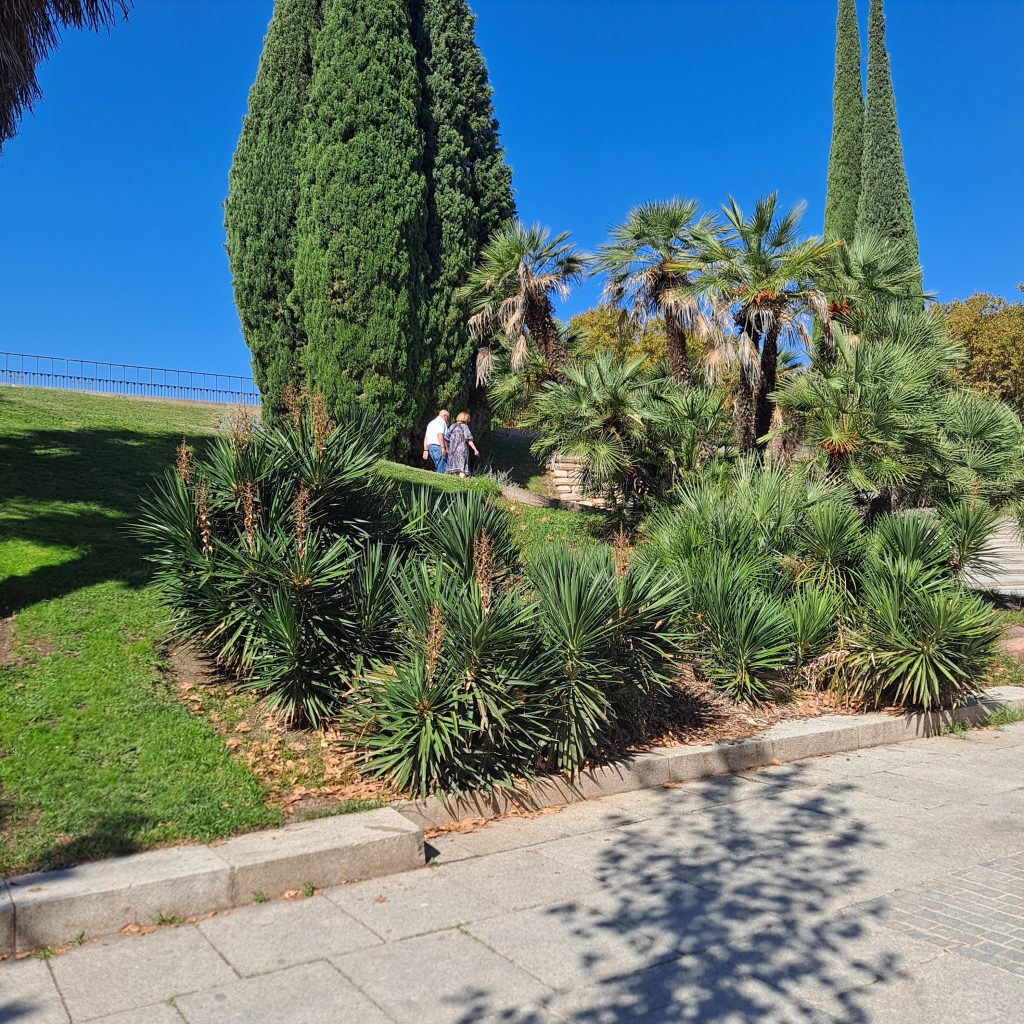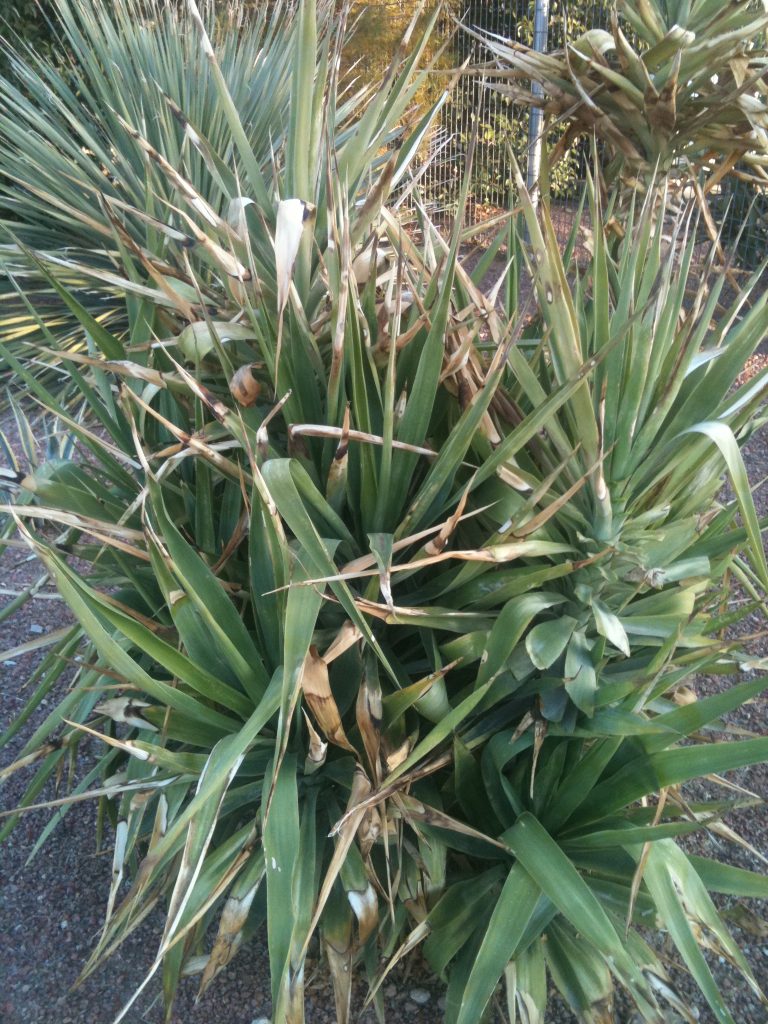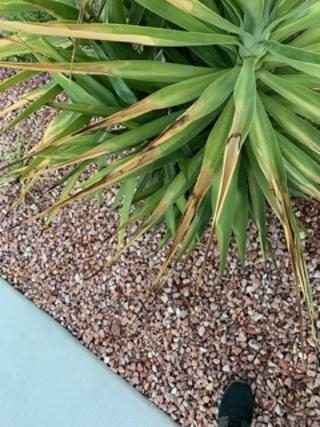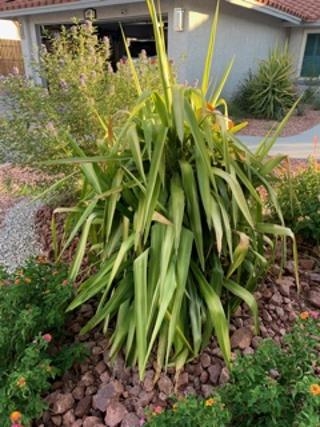Q. Do tree aloes survive in Las Vegas especially any of the tree aloes from Africa or Madagascar?
A. “All cacti are succulents but not all succulents are cacti.” That is a cactus axiom. In other words, there is more that restricts geographic distribution of cacti than whether they are succulents or not. Succulents have a wider range of habitats than cacti. Many succulents are “arid” in their climate extremes and some cacti are meant only for deserts.

Another axiom is that, “All deserts are arid but not all arid areas are deserts.” Just because its from somewhere arid doesn’t mean it will survive in a desert. Even some cacti from South America struggle when planted in the Mojave Desert primarily due to differences in light intensity and temperature extremes.

Plant tree aloes on the east side of a landscape near the shade of a building if you want to be safe. Use wood chips as a mulch or plant them with compost. Never plant them in full sun. An example of climate related damage is the damage of desert climates to Spanish bayonet, a smaller “tree aloe” that is arid.

Another native yucca to the east coast is Spanish bayonet (depends on who is talking, Yucca aloifolia or Y. gloriosa). It is a woody evergreen shrub also native to the Atlantic and Gulf Coasts of the United States. Unfortunately its common name is also aloe yucca, dagger plant, and Spanish dagger. The Spanish bayonet should have dark green, stiff, dagger-like leaves with sharp tips that can pierce through thick clothing. It can grow up to 15 feet tall, but often flops over from its own weight. The Spanish bayonet should produce large (1-3 feet in length) showy white flowers that droop downward. In the Mojave Desert however it yellows and scorches when planted in full sun and when soil organics are running low.

Again, with few exceptions, most tree aloes grow best in warm, dry, arid, climates; warmer than the Mojave Desert but without the high light intensity of direct sunlight. Another thing our desert climate has against tree aloes are our temperatures. Those temperatures may or may not be changing. Scientists are not sure. Some tree aloes can tolerate temperatures below freezing for short time periods. Others can’t.

Tree aloes have at least four things going against them in our climate; they need water, they need some soil improvement, they should avoid high light intensities, and avoid the low temperature damage they get during our winters.

Temperatures are Changing
It’s not tropically wet like Madagascar yet, but if you have had sweet oranges (‘Valencia’, ‘Washington’) that survived our winter temperatures then maybe you are okay at least for a few years of growth. How many? Not sure. During the winter of 1989-1990 we had temperatures as low as 12F at the Painted Desert golf course. Those temperatures would have killed all citrus, including the cold hardiest types. Citrus, like aloe trees, is considered at the least subtropical. Select the most winter cold tolerant types of tree aloes to be sure.
Water
Water is added with periodic irrigation. How often? Not sure but the taller the plant the deeper and less often water is needed. It depends on the soil and the type of tree. Add more water and irrigate wider as the tree aloes get bigger.
Soil Organics
Our soil is ultra-low in soil organics. Add between 10 to 20% (normal amounts are 25 -30%) compost to the soil. This means to add one quarter to one half bag of compost when planting and mix it with the existing soil. Compost holds water but it drains the soil.
In summary, select the more cold tolerant aloe trees. Plant these on the east side of a landscape in the afternoon shade of a building. Plant them on a hill for drainage, add a small amount of compost to the soil when planting, plant wet and water periodically. Start small when using them and plant fewer in number.